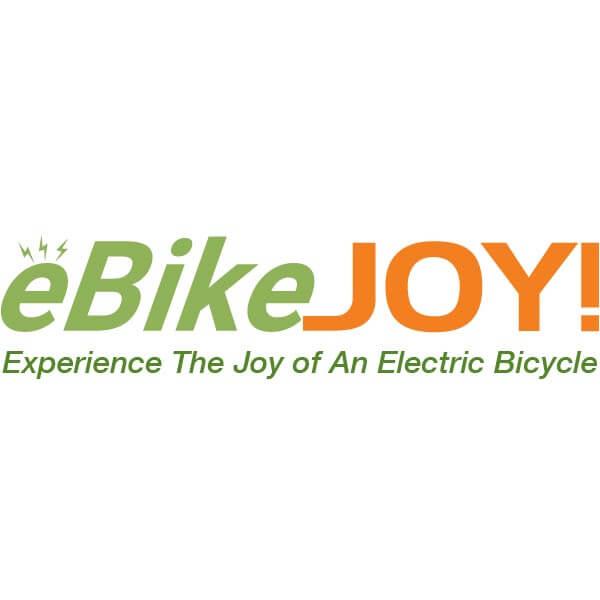Courtesy of Eastman's Hunting Journal
The era of the e-bike is here. Companies are coming out with viable, mountain bikes with electric motors and gearing that is sufficient for mountain trails. Yep, thats right, sufficient for mountains. With the combination of gearing and power, electric bikes are a feasible option for front and backcountry use (not wilderness). Not only do e-bikes provide transportation into non-motorized areas, they do it silently.
The FatKat, by Quietkat has a 750-watt electric drive motor which is geared into the pedal drive. E-bikes are generally built from an alloy frame, equipped with front and rear disk brakes in which the front can manually be locked into the fixed position for pavement use. Max speed on flat pavement with the electric motor is about 19 mph. The luggage rack on the back is nice to have for extra gear. Being a backcountry hunter, I’ve personally hunted with a mountain bike quite a bit and was skeptical how this bike would do going up hills. However, the motor and gearing seemed pretty dialed and traversing up a 25-degree slope for a hundred yards proved easily doable without burning out the legs in low gear. Quite frankly, it didn’t even strain my legs. So that was pretty cool.
However, you can’t just go and take the bike up extreme terrain or through deep creek crossings. As Brian Barney said in his EBJ 102 article “Pandora’s Gearbox”, “if you can’t ride your standard bike up it, don’t try and ride an e-bike up it.” Unless of course, you want to burn out your motor. The take away here is, don’t have unrealistic expectations. We’ve experienced 10-mile rides without using the whole battery. I pedal where it’s easy and use the assist when needed. If you do run out of battery be prepared to ride your e-bike out. This can be daunting. The bike alone weighs 79 pounds so you don’t want to have to pedal it up hill for very long. Do not let your electronic control panel mounted on your handlebars get rained on or wet. We’ve experienced the digital interface quit working when the electronics got too wet. Also, do not submerge the motor or more importantly, the battery.
For me in general, the most practical use for e-bikes are for some sort of developed, or once developed, gated road where you can maximize the use of battery without much strain. A lot times old logging roads were built to follow contours with little grade for semi truck use, which means there aren’t many severe grades; absolutely perfect for an e-bike.
If I am day hunting, I don’t find the cargo trailer necessary. If I’m headed out on a multi-day hunt or if I need to pack out meat, using the cargo trailer is the ticket. And of course with an e-bike, you can go anywhere a regular mountain bike can go. Since I am a bowhunter, traveling in silence may be my favorite trait of the e-bike. Whether I am hunting tight cover behind gated roads for deer and elk, or cruising the desert for archery antelope, the e-bike is the perfect tool for a silent approach with minimal effort. And lastly, in the rare case I am hunting out of a treestand or ground blind, using an e-bike for a stealthy approach is a no-brainer.
Legality
I’ve been doing a fair amount of research on where and when e-bikes are legal for the backcountry hunter. There is a website called peopleforbikes.org that have researched and gathered legality of e-bike use for each of the 50 states. In Montana, Washington, Nevada, and Oregon they are completely legal wherever a mountain bike is legal. For Wyoming, Idaho, Arizona, and New Mexico the details are a little fuzzy on where they are legal in the mountains. Generally, any natural surface trail that is designated as open to both motorized and nonmotorized uses is also open to e-bikes. Some public lands are regulated differently than others though, so be sure to check with your local land office for rules. Each state has slightly different requirements and the peopleforbikes’ website makes it extremely easy to figure out what you need to do for your home state. States like Colorado, Utah, and California have laws classifying and restricting the use of e-bikes and age requirements. California being the most restrictive.



